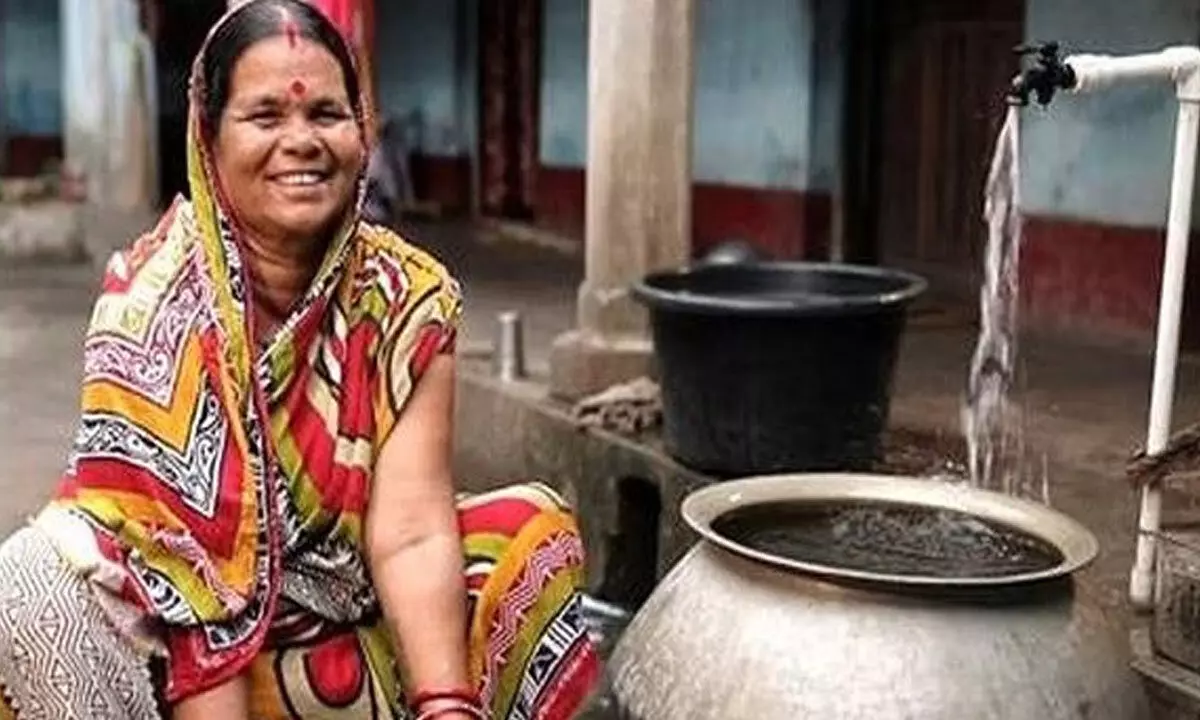Drinking water facilities have reached 72pc households: Jal Shakti Minister

Jal Shakti Minister Gajendra Singh Shekhawat on Sunday said drinking water facilities have reached 72 per cent households in the country and the remaining will be completed by December 2024.
Jodhpur: Jal Shakti Minister Gajendra Singh Shekhawat on Sunday said drinking water facilities have reached 72 per cent households in the country and the remaining will be completed by December 2024. When the Jal Jeevan Mission started in 2019, a little over 16 per cent of the households had access to drinking water facilities, Singh told a group of visiting journalists from Assam here.
He emphasised that the implementation of the scheme is the responsibility of the state governments, and each state faces different geographical challenges and availability of water resources ranges from surplus to scarce.
“We had prepared a guideline in consultation with the state governments and implementation of the scheme was done according to it”, he said. Despite the challenges faced during two years of COVID, “I can say with pride that drinking water facilities has reached 72 per cent of the households”, the Union minister said. Prime Minister Narendra Modi has pledged that each household will be provided with drinking water facilities and “we are committed to ensure this by December 2024”, Singh said.
He said Rajasthan has made little progress in terms of drinking water supply to households since the scheme began in December 2019. However, with the change in the state government, he expressed hope that significant progress will be made by December 2024. Regarding interlinking of rivers, the Union minister said several states face either flood problems or drought conditions. “It was former prime minister Atal Behari Vajpayee’s dream to link the rivers and make a grid for transfer of river water”, he said.
A committee was formed for the purpose of studying the possibility of inter-basin transfer wherein water can be transferred from areas with surplus to deficit areas, he said.
“We have prepared more than 15 Detailed Project Reports (DPRs) and shared it with various states so that the respective governments can enter into agreements and we can proceed in this direction”, he said.

















